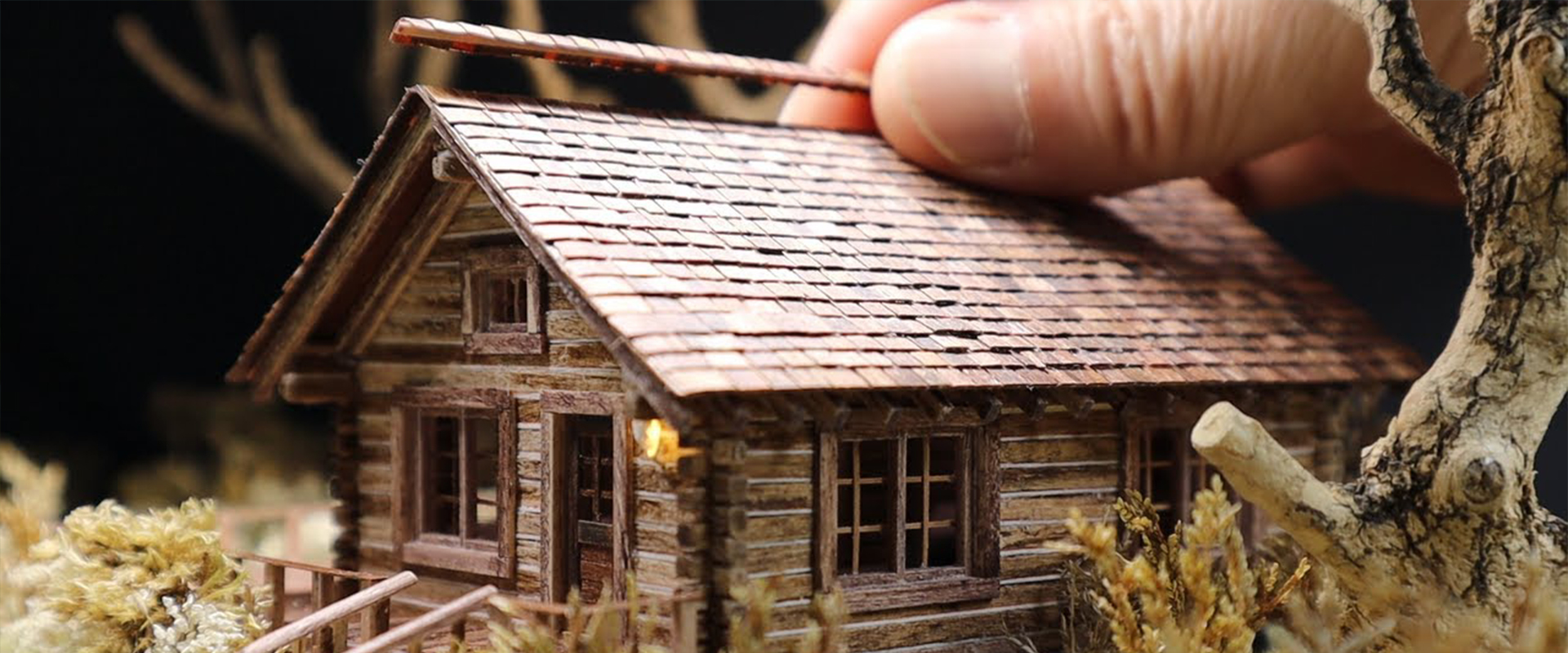5 Natural Fertilizers For Your Plants and Garden - Make Tons of Fruits Indoors!
let’s talk about what powerful natural ingredients to fertilize plants you already have in your home and exactly how they will help your plants grow bigger and healthier. These natural ingredients happen to be in many of the food items you throw out every day! They include cast-offs like coffee grounds, banana peels, eggshells, fireplace ash, and grass clippings. These homemade concoctions are much less expensive and usually more effective in the long run than anything you can buy from the home improvement center. Keep in mind, plants really only need 3 things from fertilizer to grow to their full potential: phosphorus, potassium, and nitrogen! As well, plants need calcium, sulfur, and magnesium for photosynthesis. You can recycle these items to make your own homemade organic fertilizer with five different recipes: Fertilizer Recipe #1. An eggshell spray is a great homemade fertilizer recipe to give your plants the calcium they need for photosynthesis. You will know that your plants are low in calcium if they have blossom end rot, dying stems, yellow spots between the veins in the leaf, and stunted growth. To make an eggshell spray, save your discarded eggshells until you have about twenty, rinsing them out as you go along. When you have enough, put the eggshells into boiling water and let them simmer for about five minutes. You can also wash the eggshells and crush them, then work the eggshell pieces directly into the soil around the plants. The calcium carbonate in the eggshells will help with root rot and end rot on plants, especially tomatoes and pepper plants. Fertilizer Recipe #2. Banana peels are another beneficial kitchen cast-off, but just like the eggshell spray, you need to prepare them first. This is because if you put them directly into the soil around your plants, you will attract many garden pests who eat banana peels for food. So, to make banana peel fertilizer, chop up one banana peel and put it in a blender with a quart of water. . After 7 days, pour the banana water on your potassium-loving plants - like flowering plants, fruit-bearing plants, or vegetable plants. This way, the potassium will go right to the roots - without attracting the unwanted pests. Fertilizer Recipe #3. You can also make a fertilizer compost tea from grass clippings, weeds, and plants the next time you mow the lawn. Simply take any lawn clippings, weeds, and plants you have and put them in a bucket of any size. Fill the bucket so the water is 2-3 inches above the clippings. Put a wire screen over the bucket so mosquitos can’t breed in it. When you are ready to use the fertilizer tea, drain the water off into another container and discard the grass clippings. You can use this fertilizer tea on your plants as you would any other fertilizer - and you can dilute it or use it full strength. The reason why this works is that grass and weeds are high in nitrogen. The nitrogen is extracted by soaking it in the water. This is why making a fertilizing tea works faster than just letting the grass clippings sit on top of your lawn to go back into the soil much later. Fertilizer Recipe #4. Used coffee grounds can be added directly to the soil around plants to improve the aeration, drainage, and water retention of the soil because it adds organic material. However, if you want the coffee grounds to provide the nitrogen that is so beneficial to plants, you will have to prepare them first. This recipe is especially beneficial for roses, blueberries, tomatoes and any plants that benefit from extra nitrogen. But don’t add fresh coffee grinds to plant soil as it will only serve to make the soil acidic. Fertilizer Recipe #5. Houseplants can be tricky to grow, and prepackaged fertilizer is confusing to buy for them. Here is a recipe that will replenish the depleted nutrients in a houseplant’s soil, without harming it. Take an empty plastic milk jug and fill it with water, or use a full gallon jug of water if you have it. To the water, add 1 tablespoon Epsom salts, 1 teaspoon baking soda, and ½ teaspoon of ammonia. Shake it well and then let the water sit for an hour until the solids fully dissolve. Shake the jug again, and then use it to water your houseplants as normal, pouring the plant food directly into the soil. Use this mixture about once a month after you see how your plants respond. Other Recipes There are other items from your home that you can use directly on your plants as fertilizer with no preparation, like ashes from the fireplace. Ashes from the fireplace are a replacement for lime and are a solid source of potassium and calcium carbonate. You can also dilute substances like vinegar, molasses, aspirin, gelatin, and Epsom salts with water and use them as fertilizer too.




















